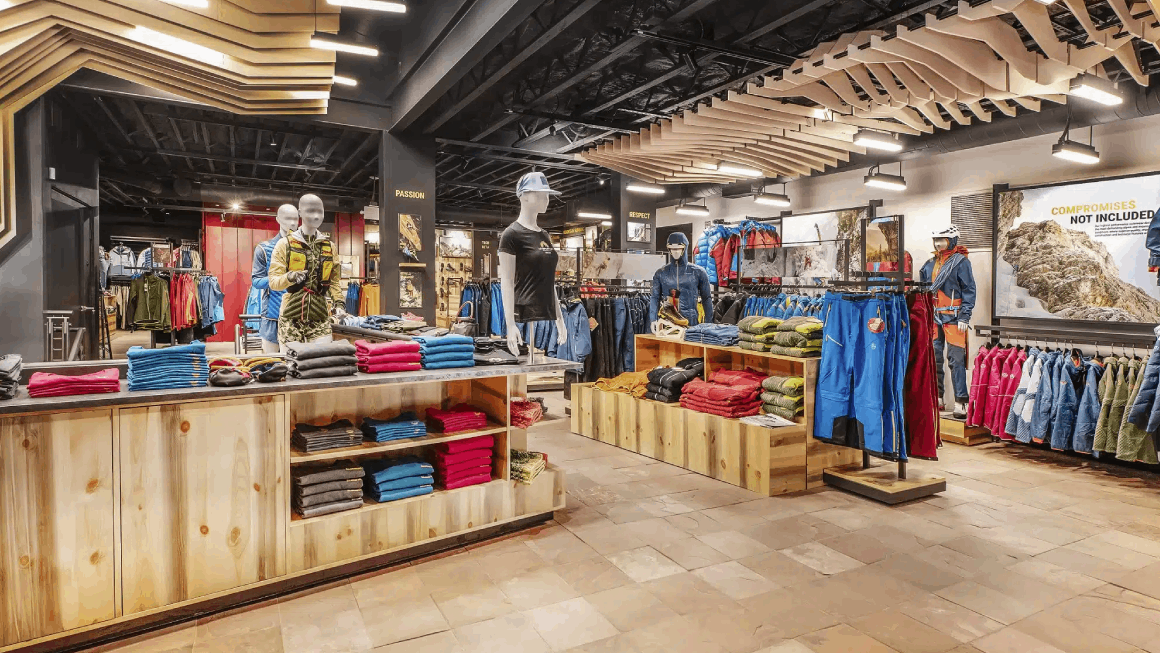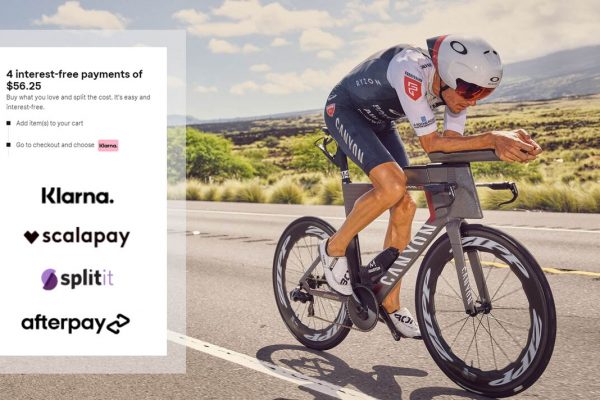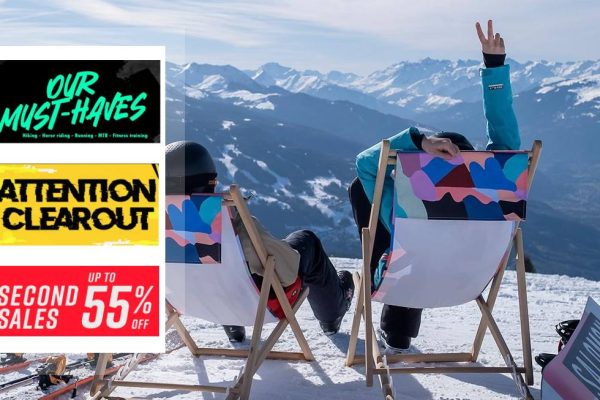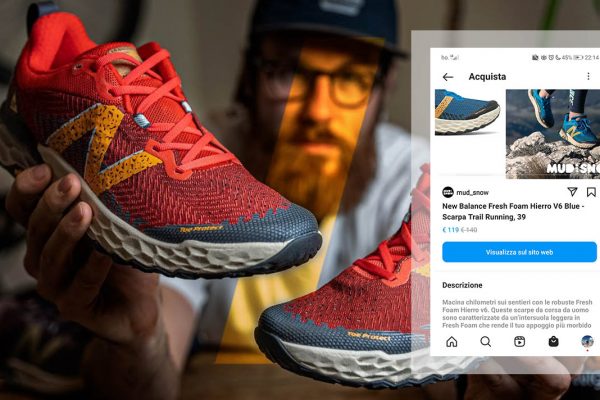In this article, I’ll focus on why a Store Locator is a powerful tool and should be constantly updated if you’re managing a Direct-to-Consumer (DTC) website (e-commerce or not). Although it often looks like just a functional page hidden somewhere in your footer, the store locator can become a real traffic driver, a trust builder, and even a conversion booster. Many brands overlook it, but it’s often the first touchpoint between your online presence and the offline experience.
What is a store locator?
A store locator is a website page (for a brand, franchise, or chain store) that displays all the physical locations available in a given territory. It is designed to show the most relevant information to customers, including the shop’s name, address, opening hours, phone number, and similar details. For reference, see this article, which lists all Nike physical stores worldwide. A concrete and simple example: I’m a trail runner and I want to know where I can buy Satisfy Running apparel in a physical store in Italy. If I visit the brand’s website, I can check their “Where to find us” page, which leads me to a list of shops by region (in this case, with no interactive map, just a plain list). See the screenshot below from satisfyrunning.com.
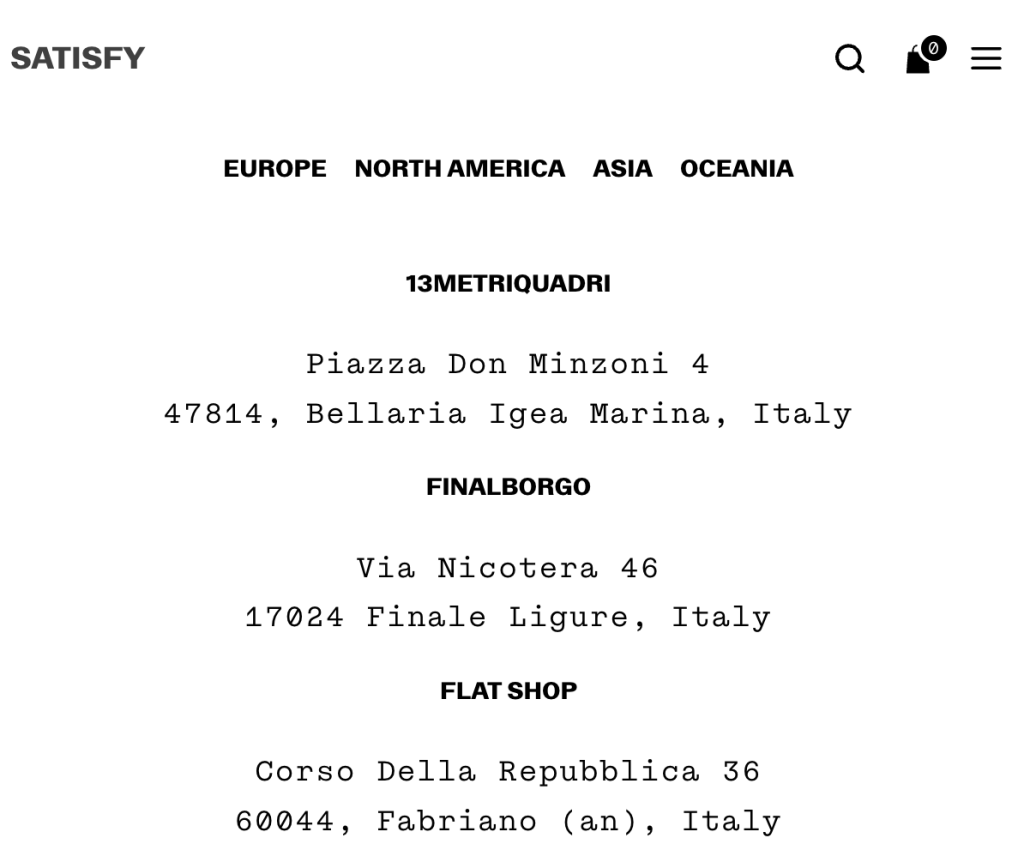
Underrated tool
Usually, the store locator is underrated by digital teams. Take the previous example of Satisfy: if you try to navigate their website, the “Where to find us” page is buried under the last menu item (Customer Service) and it’s the final link in that section. Across the whole site, there’s just one single link to this page. Why? With a broader view, this is mainly because digital teams are pushed to sell as much as possible online from their e-commerce store (due to the yearly goals their company sets in terms of revenue or GMV). Most of the time, the request for a store locator comes from wholesale or retail counterparts. In organizations where sales results are split into silos (DTC, wholesale, distributors), internal priorities tend to follow those silos. Each team focuses on its own area. But if you take a step back and look at this tool from an omnichannel perspective, the logic is clear: it doesn’t matter where the sales happen, as long as they happen.
This “low priority” treatment is a strategic blind spot. A well-optimized store locator does not necessarily cannibalize online sales; instead, it strengthens the customer journey. Imagine a runner discovering a new shoe online, then using the store locator to try it in person before buying. The sale might still close online after the fitting experience, but without the locator, the customer may have abandoned entirely. Brands that see the locator as a cost instead of a growth tool are missing incremental sales, stronger brand trust, and better customer experience. Another reason why this tool is often not considered a priority: it takes time to maintain. Physical shops change frequently—new stores open, some close, others stop carrying your products. These updates are not always tracked correctly or communicated.
This challenge could actually be turned into an opportunity. A regularly updated store locator signals to customers that your brand is alive, growing, and trustworthy. A neglected locator with old or wrong addresses does the opposite: it frustrates customers, risks negative reviews, and even damages wholesale relations. Treating the store locator as a “mini CRM” for retail locations forces digital and sales teams to collaborate more effectively—and in most organizations, that alignment pays dividends across other projects too.
What are the advantages (for an outdoor or sports brand)?
If you’re familiar with this website, you already know that most of my examples are taken from the sports and outdoor industry. The logic below can also apply to other products and industries. I tried to go beyond the classic advantages. Anyway, let’s refresh the basics before diving into industry-specific considerations: a store locator helps your customers search for the exact location of your physical shops (owned retail stores or retail partners) and reach them for an offline purchase. Also, consider what is called “webrooming”, where customers research products online but purchase them in-store. If you’re interested in learning more, read this article on the Shopify blog.
Given these behaviours as standard across most industries, I tried to dive into the mindset of outdoor and sports customers.
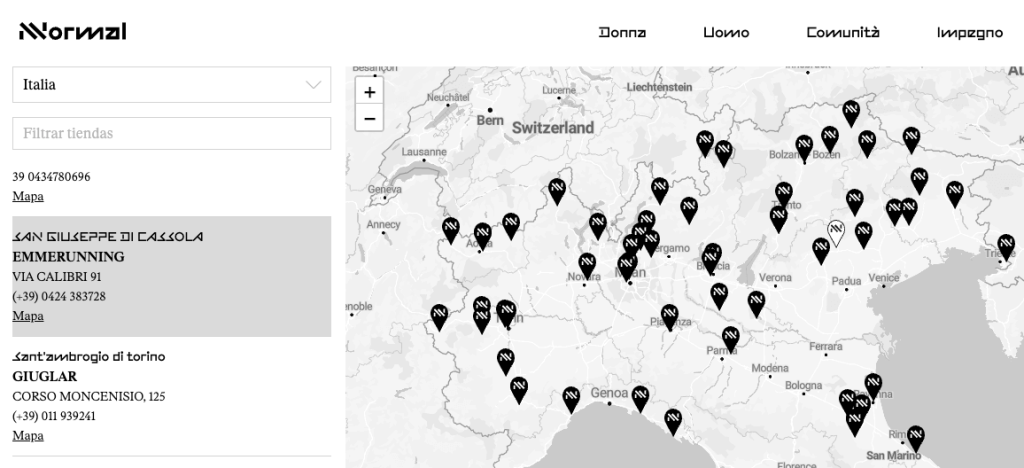
Relevant for the end customer
I identified a few reasons why a sporty person is eager to know where to find your product in a physical store:
- Sizing: specifically for apparel and shoes. It’s tedious to guess the size from a sizing guide, even the most accurate or AI-driven tool. Some brands differ in sizing across products, and some specifications (like sleeve length) are not available for every item. Aesthetics also plays a role: a cycling jersey that is too loose or too tight can easily lead to a return if purchased online.
- Material: the feel and touch experience is still critical. In a store, customers can do this before completing the purchase (and potentially with support from employees). With online orders, this can only happen after delivery, which increases the risk of returns—a huge minus for any e-commerce profit and loss plan.
- Advice: some customers are not confident in their choices and prefer to ask for advice in person. Human interaction remains a tangible value, especially for post-sales support and returns. In the sports industry, store employees often receive product training to provide knowledgeable guidance (e.g. “Are these shoes good for a half-marathon?”).
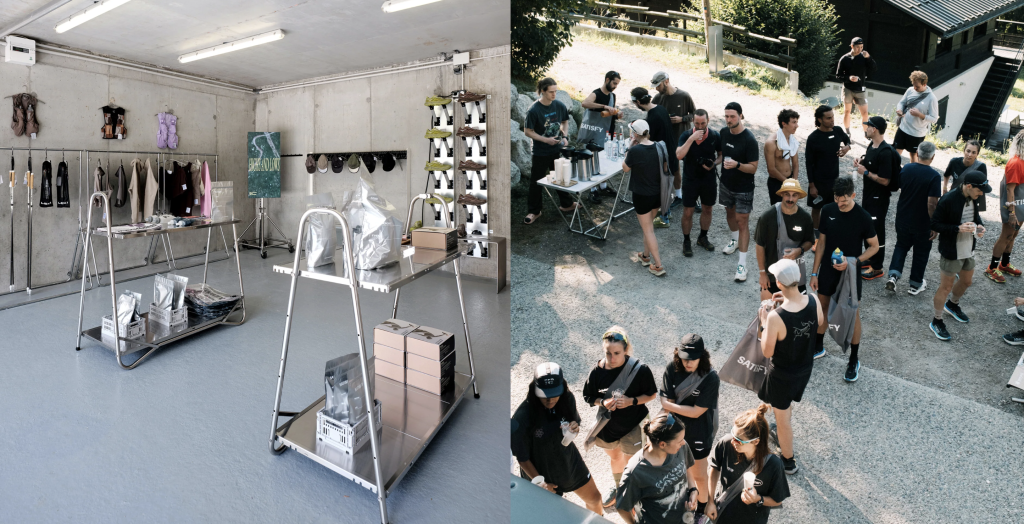
As a general reminder, online purchases are growing year after year, but stores remain the dominant channel. EY explains it well in this article:
“Although the overall percentage of offline retail spend is expected to decline from 77% in 2025 to 73% in 2028, there is still a long way to go before e-commerce overtakes physical sales. The store remains the dominant format for most consumers, with offline estimated to contribute US$14.4t of total retail sales of US$18.9t in 2025, according to Euromonitor research.”
Relevant to the retail/business customer
Remember that it’s not only end customers browsing your website. If you’re managing a growing brand, business opportunities may come from people searching for your store locations. Local distributors or shop owners might be interested in selling your products. One smart example comes from Huel, a UK-based nutrition company. They added a CTA to their locator: “Want to stock Huel?” A simple but effective way to turn their store locator into a business development funnel.
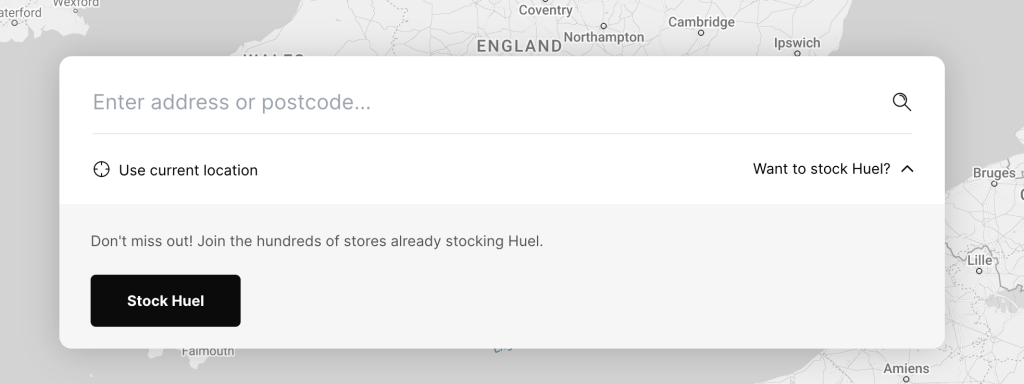
Another example from the sports industry is Gobik. Their store locator page is titled “Authorized store locator.” That single word, authorized, carries a whole concept: the listed shops are officially approved by the brand. Any store not on the list could be selling counterfeit products. This is a way to protect customers and reassure them that purchases made through authorized shops are covered by warranties.
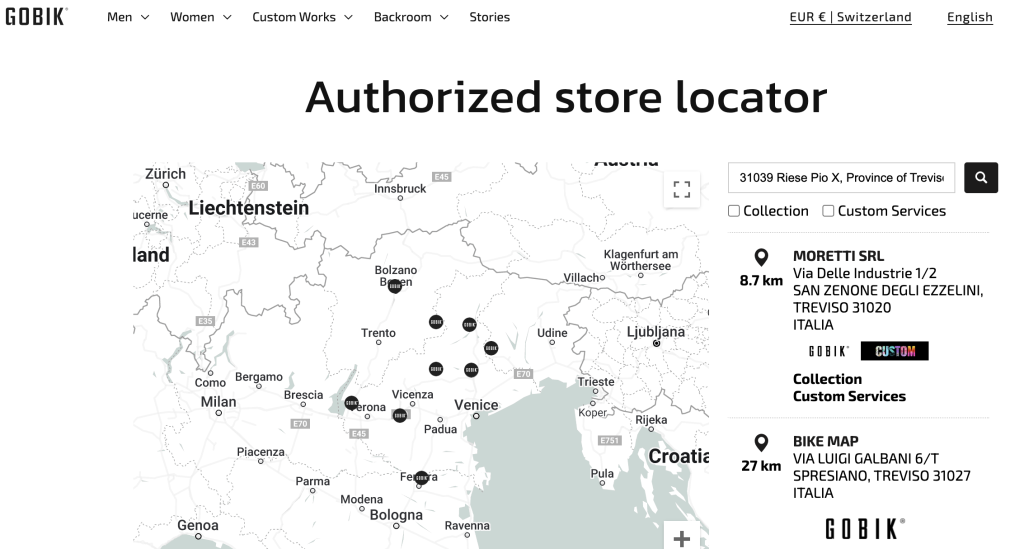
Best practice and how to maintain the tool
Considering all the points above, you can now see the relevance of the store locator from both a Direct-to-Consumer and a Business-to-Business perspective. So, what’s next? Go back to work and make this tool more relevant for your business. To help you, I wrote a list of best practices, collected from my past experience and online research.
1) Build a connection with the sales team: to maintain the tool properly, build strong communication with your sales team. In a big brand or corporation, you might need to talk to regional sales managers or local sales reps. Key actions:
- Add new stores that started stocking the brand.
- Remove closed stores (shut down or no longer stocking).
- Correct wrong information (phone number, email, etc.).
- Double-check store locations to avoid sending customers to the wrong place.
- Establish a recurring update cycle (depending on how quickly things change).
Extra expansion: this step may sound simple, but in reality, it’s often the hardest part. Many brands underestimate how poor the communication flow is between sales reps and digital teams. By formalizing a process (e.g. a shared Excel file, a Slack channel, or a CRM integration), you not only keep the locator updated but also improve visibility on wholesale performance. For smaller brands, this can even serve as a lightweight “partner management system.”
2) Review the technical and UX setup: work with your IT team or external agency to ensure the tool works properly.
- The map should be scrollable and easy to zoom.
- The search bar must work correctly (by name, location, address).
- The mobile version must be flawless.
- Calls-to-action should open the right landing page.
- Directions should link to a navigation app (Google Maps, Apple Maps) for quick “go-to” access.
Extra expansion: here’s where many locators fail. A poor UX (like an unscrollable map on mobile, or a search bar that doesn’t recognize partial keywords) kills adoption. Think of your store locator as a “mini product page”: if it frustrates customers, they’ll leave. And in outdoor sports, where customers are often searching on the go (literally on their phone in a new city), mobile experience is absolutely non-negotiable.
3) Improve design and content: smaller improvements can make the page much more useful:
- Differentiate between Official Store, Factory Store, Clearance Store, and Outlet.
- Show services for each store (pick-up points, product customization, bike fitting).
Extra expansion: you can also enhance the page with store photos, store-specific promotions, or by highlighting flagship experiences (e.g. “Bike fitting available,” “Community run sessions,” or “In-store customization”). This turns your locator from a static list into a storytelling channel, reinforcing your brand identity at the retail level.
Tips and Extras
- SEO: If every shop has a dedicated page, it can help rank for local searches like “Nike Store Berlin” or for specific store names like “Nike Unite Bremen.” Want to see a good example? Check the Rossignol Store Finder.
- Shopify: If your e-commerce runs on Shopify, consider apps like Stockist.co.
Actions after reading
If you need advice on sports event marketing, please contact me. I’d be happy to help. Email: andreafagandigital@gmail.com.
Side notes, credits, sources
Articles: Italiaonline.com, Shopify.com, Rossignol.com.
Images: Gobik.com, Huel.com, Satisfyrunning.com, Nnormal.com,

